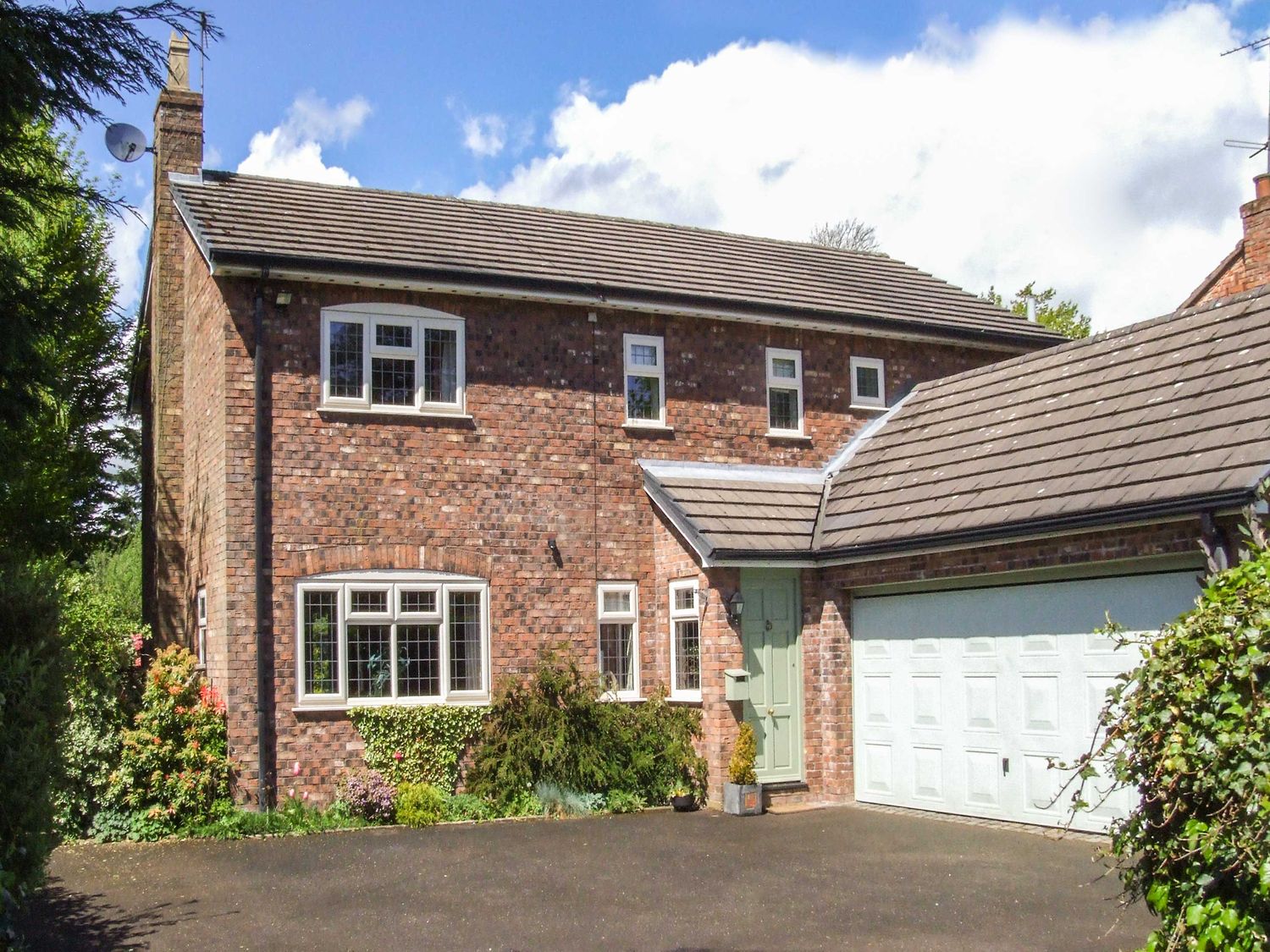Table Of Content

Qualifying for a refinance is the same as qualifying for a purchase home loan, as lenders want to make sure you can afford the payments and that you will make them on time per your contract. Although each lender has different requirements, generally all lenders will look at your credit score, debt-to-income ratio (DTI), income and home equity. If your credit score is below 760, then you might not qualify for the very best rate lenders offer. That doesn’t mean you can’t get a lower rate than what you currently have, but there is room to improve your score and boost your savings. Before you apply for a mortgage refinance, check your credit score and get a copy of your credit report.

Types of Refinance Mortgage Loans
Learn more about the different types of home refinance options with the answers to these frequently asked questions. A VA Streamline refinance (also referred to as VA IRRRL) is an option available to military veterans and active service members with Department of Veterans Affairs (VA) loans. Unlike a cash-out refinance, a cash-in refinance involves the borrower putting a large sum of money into the refinancing process rather than taking it out. Also, you always have the option to pay more toward your principal at any time, whether as a one-time payment or on an ongoing basis. That can greatly reduce the overall amount of interest you pay over the life of your loan.
Annual percentage rate (APR)

Many lenders don’t disclose fees or even rates online so you might have to contact them and ask for a list of their fees and what their rates are. If you can qualify for a better rate or would like to lower your payment by extending your repayment period, consider refinancing. Refinancing is ideal if you can reduce your rate by at least one percentage point and remain in your home long enough to recoup the closing costs.
Pros and cons of a 30-year fixed refinance mortgage
The lender might also ask for other miscellaneous documents, such as gift letters, proof of child support or alimony payments or documentation explaining a previously discharged bankruptcy. However, there are also different options that might better suit your needs, such as if you refinance a loan backed by the Federal Housing Administration (FHA), U.S. Department of Agriculture (USDA) or Department of Veterans Affairs (VA). The process of refinancing your mortgage follows similar steps to acquiring your initial mortgage. Learn more about how refinancing works before contacting a lender. Explore the most common reasons you might consider refinancing your mortgage.
Is a second mortgage the same thing as refinancing?
Maybe you finally have enough home equity to refinance your Federal Housing Administration (FHA) loan. You might be able to refinance your FHA loan to a conventional loan and stop paying a mortgage insurance premium (MIP). If rates are better now than when you got your loan, refinancing might make sense for you. You’ll likely pay less total interest over the life of your loan as well. You can use a refinance to make use of your home’s equity, get a better interest rate and/or lower monthly payment.
The monthly payments are lowered to a level you can realistically afford. So, you get to keep your property, and your lender loses less money than if the home had been foreclosed or gone through a short sale. With a no-closing-cost refinance, the borrower doesn’t have to pay closing costs upfront.
Refinance Rates Tick Higher: Mortgage Refinance Rates on April 26, 2024 - CNET
Refinance Rates Tick Higher: Mortgage Refinance Rates on April 26, 2024.
Posted: Fri, 26 Apr 2024 10:29:50 GMT [source]
Be aware that closing cost is then paid over the life of the loan in the form of a higher rate. Using cash from your home allows you to borrow money at a much lower interest rate than other loan types. Apply online for expert recommendations with real interest rates and payments.
Get A Home Appraisal
In this process, your lender agrees to refinance your current mortgage to a new, smaller loan that aligns with the current value of your home. For the lender, accepting this loss might be more cost-effective than foreclosure proceedings. A reverse mortgage is technically a type of refinancing option for borrowers over the age of 62 with sufficient equity in their homes.
Learn about Mortgage Refinancing
A refinance could also allow you to remove another person from or add them to the mortgage. Refinancing into a 30-year term from a shorter term — say, a 15-year fixed-rate term — can be worthwhile if you're interested in lowering your monthly payment. It's even more favorable if you can lock in a lower interest rate and improve your financial situation in some way. See competitive mortgage rates from lenders that match your criteria and compare your offers side-by-side. A short refinance is an option for borrowers who owe more on their mortgages than what their home is worth.
In general, refinancing is worth it if you can save money or if you need to access equity for emergencies. It’s always a good idea to get multiple loan estimates when you’re trying to capture the lowest rate available. You can use the best estimate to negotiate with other lenders, which might result in getting a lower rate or reducing certain administrative fees. In addition to the qualification process, refinancing costs can be substantial, totaling up to 6% of the original loan’s outstanding principal.
Additionally, there may be specific fees tied to your chosen refinancing option that don’t apply to other types of refinances, like a VA funding fee. Before locking in your decision, review all your options carefully and assess what each one would entail for your finances. A short refinance can be a great option for borrowers who have defaulted on their mortgage loan payments and are at risk of foreclosure.
Refinancing makes more sense if you plan to stay in your home longer than the break-even point, otherwise, you could potentially lose money. As you weigh your options, make sure to consider not only interest rates but also repayment terms, any fees charged by the lender and eligibility requirements. If you've gained equity of at least 20%, whether by appreciation or by simply paying your mortgage, you may be able to refinance to cancel mortgage insurance and save money with each monthly payment. To calculate the value of refinancing your home, compare the monthly payment of your current loan to the proposed payment on the new loan. Then use an amortization schedule to compare the principal balance on your proposed loan after making the same number of payments you’ve currently made on your existing loan.
At closing, you’ll go over the loan details and sign your loan documents. You’ll also pay any closing costs that aren’t rolled into your loan. If your lender owes you money (for example, if you’re doing a cash-out refinance), you’ll receive the funds after closing. When you apply to refinance, your lender asks for the same information you gave when you bought the home. They’ll review your income, assets, debt and credit score to determine whether you meet the requirements to refinance and can pay back the loan.

No comments:
Post a Comment